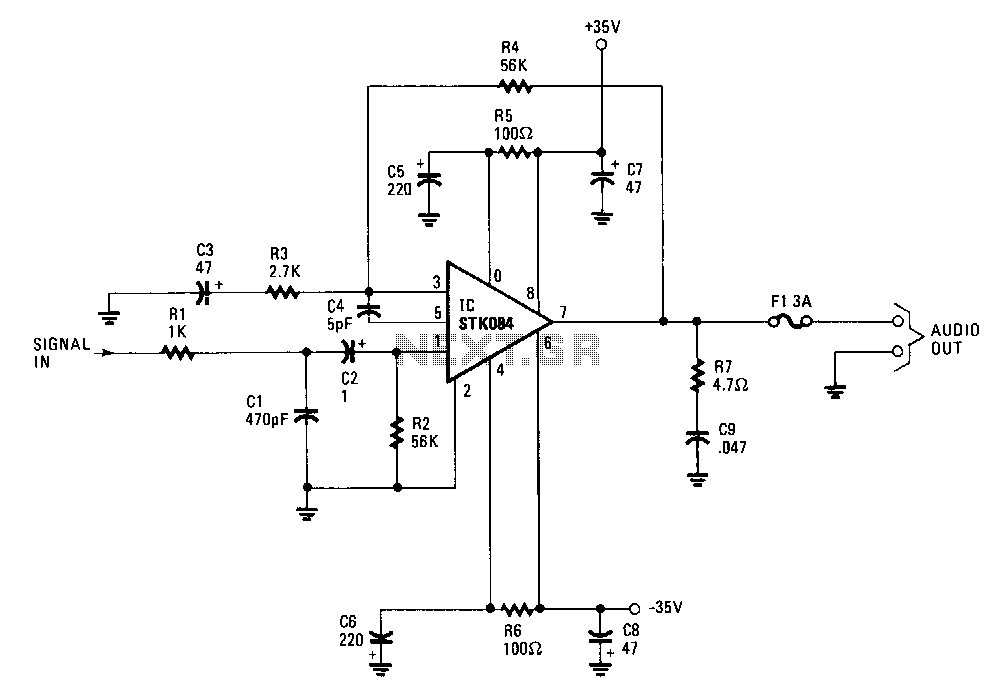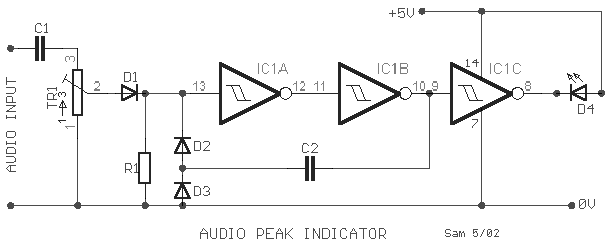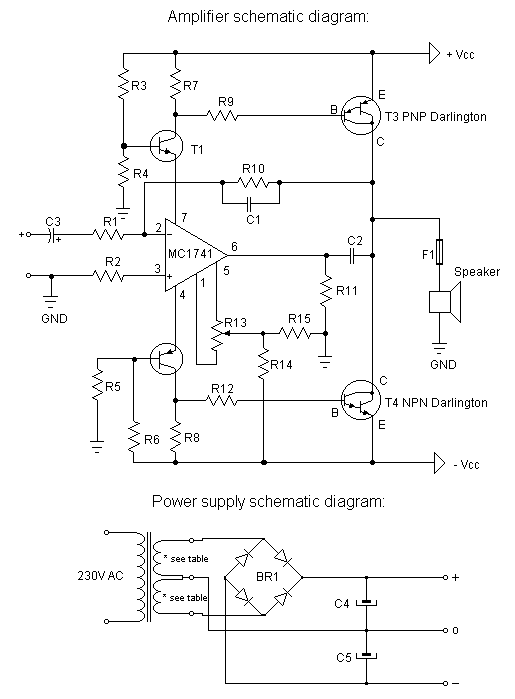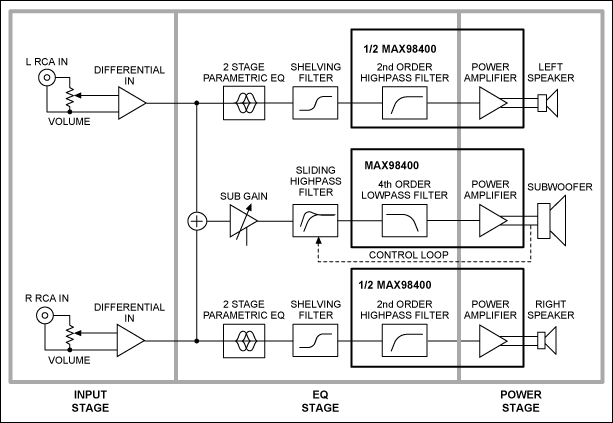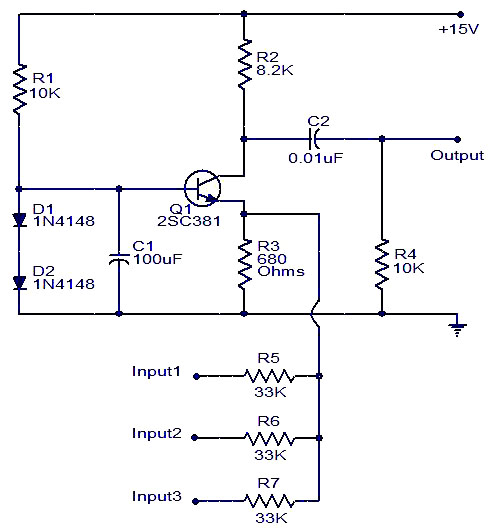
Audio Amplifier Op amp
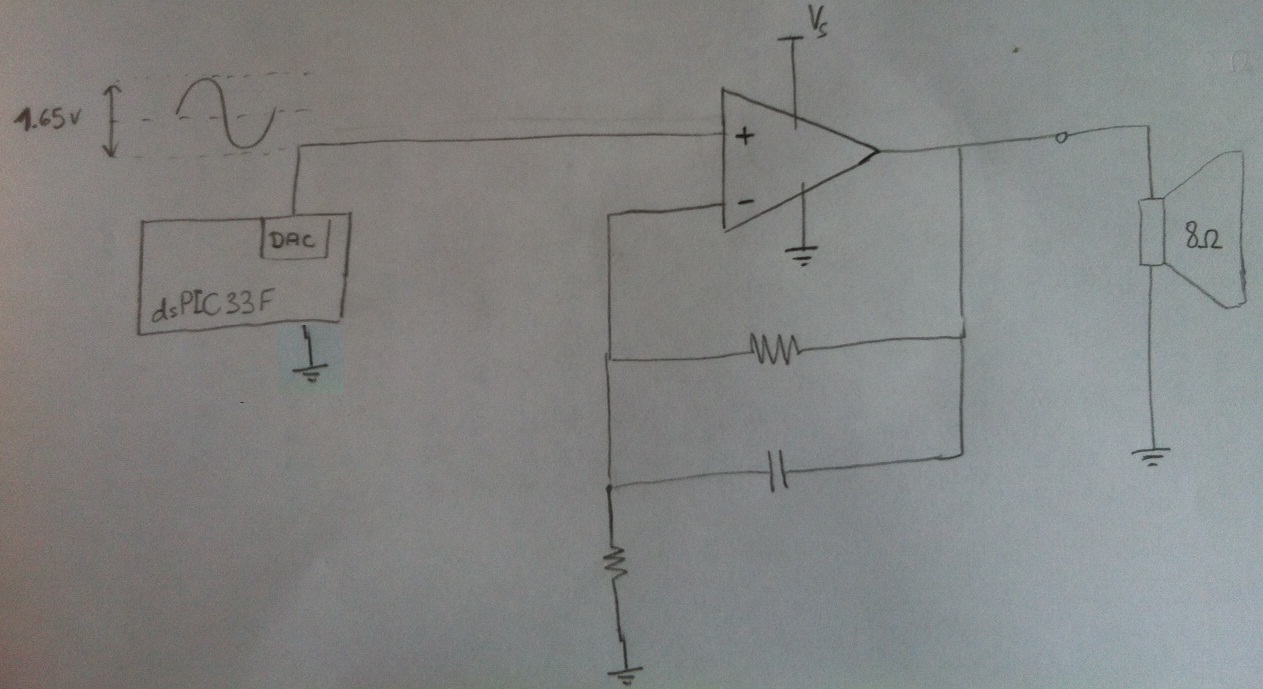
Design a circuit in which a microcontroller produces a signal and then uses an amplifier to drive an 8-ohm speaker. The LM386 has been used previously, but it cannot exceed 1W, which is insufficient. Additionally, a second-order anti-aliasing low-pass filter (LPF) is desired at the output of the microcontroller. To feed the speaker with 2W, 4V at 500mA is required. Is this approach feasible, or is there a better circuit solution available? Is there an operational amplifier that can meet these requirements? While high-power output operational amplifiers may exist, it might be more practical and economical to implement a transistor buffer stage with the existing LM386. The transistor can be incorporated into the feedback loop of a voltage follower operational amplifier to enhance output fidelity. The primary objective is to generate Dual-Tone Multi-Frequency (DTMF) signals at high frequencies, approximately 17kHz, necessitating very low harmonic distortion.
The circuit design involves several key components: a microcontroller, an operational amplifier (op-amp), a transistor, and an 8-ohm speaker. The microcontroller serves as the signal source, generating the desired audio frequencies, including DTMF tones. To ensure that the output signal from the microcontroller is clean and free from high-frequency noise, a second-order anti-aliasing low-pass filter (LPF) is implemented. This filter is crucial for maintaining signal integrity, particularly at high frequencies, and is typically designed using passive components such as resistors and capacitors or active components like op-amps.
The LM386, a low-voltage audio amplifier, is utilized to amplify the signal to a level suitable for driving the speaker. However, since the LM386 has a power output limit of 1W, which is inadequate for the desired output of 2W, a transistor buffer stage is proposed. This buffer stage can be configured as a voltage follower, which allows for increased current output without significant distortion. The transistor operates in conjunction with the LM386, enhancing its output capabilities by providing additional power to drive the speaker.
The transistor can be selected based on the required current and voltage ratings, ensuring it can handle the 500mA needed for the speaker. It is important to ensure that the transistor is correctly biased to operate in the linear region, allowing it to efficiently amplify the output from the LM386. The feedback loop from the output of the transistor back to the op-amp helps maintain stability and fidelity in the amplified signal, reducing harmonic distortion and ensuring high-quality audio output.
In summary, the circuit design integrates a microcontroller, an anti-aliasing LPF, an LM386 amplifier, and a transistor buffer stage to achieve the desired output for driving an 8-ohm speaker effectively. This configuration not only meets the power requirements but also ensures low harmonic distortion, making it suitable for generating high-frequency DTMF signals.Design a circuit in which a microcontroller produces a signal and then using an amplifier drives an 8ohm speaker. I`ve so far used LM386, but it cannot go above 1W, which turned out to be insufficient. Besides that, I wish to add an (second order) anti aliasing LPF at the output of the microcontroller.
If I wish to feed the speaker w ith 2W, then I would need 4v, 500mA on the speaker. Is it possible for me to do it this way, or is there a better circuit for my needs Is there an op amp that can comply with these requirements While there may be some high power output opamps available, it may be easier and cheaper to use a transistor buffer stage with the LM386 that you already have. The transistor can be included in the feedback loop of a voltage follower opamp to improve its output fidelity.
Chintalagiri Shashank Jan 27 `13 at 13:36 @Phill Frost, Since the main goal is DTMF (in high frequencies, around 17kHz) I need very low harmonic distortion. that`s pretty much the only requirement I guess. Daniel Jan 27 `13 at 14:33 🔗 External reference
The circuit design involves several key components: a microcontroller, an operational amplifier (op-amp), a transistor, and an 8-ohm speaker. The microcontroller serves as the signal source, generating the desired audio frequencies, including DTMF tones. To ensure that the output signal from the microcontroller is clean and free from high-frequency noise, a second-order anti-aliasing low-pass filter (LPF) is implemented. This filter is crucial for maintaining signal integrity, particularly at high frequencies, and is typically designed using passive components such as resistors and capacitors or active components like op-amps.
The LM386, a low-voltage audio amplifier, is utilized to amplify the signal to a level suitable for driving the speaker. However, since the LM386 has a power output limit of 1W, which is inadequate for the desired output of 2W, a transistor buffer stage is proposed. This buffer stage can be configured as a voltage follower, which allows for increased current output without significant distortion. The transistor operates in conjunction with the LM386, enhancing its output capabilities by providing additional power to drive the speaker.
The transistor can be selected based on the required current and voltage ratings, ensuring it can handle the 500mA needed for the speaker. It is important to ensure that the transistor is correctly biased to operate in the linear region, allowing it to efficiently amplify the output from the LM386. The feedback loop from the output of the transistor back to the op-amp helps maintain stability and fidelity in the amplified signal, reducing harmonic distortion and ensuring high-quality audio output.
In summary, the circuit design integrates a microcontroller, an anti-aliasing LPF, an LM386 amplifier, and a transistor buffer stage to achieve the desired output for driving an 8-ohm speaker effectively. This configuration not only meets the power requirements but also ensures low harmonic distortion, making it suitable for generating high-frequency DTMF signals.Design a circuit in which a microcontroller produces a signal and then using an amplifier drives an 8ohm speaker. I`ve so far used LM386, but it cannot go above 1W, which turned out to be insufficient. Besides that, I wish to add an (second order) anti aliasing LPF at the output of the microcontroller.
If I wish to feed the speaker w ith 2W, then I would need 4v, 500mA on the speaker. Is it possible for me to do it this way, or is there a better circuit for my needs Is there an op amp that can comply with these requirements While there may be some high power output opamps available, it may be easier and cheaper to use a transistor buffer stage with the LM386 that you already have. The transistor can be included in the feedback loop of a voltage follower opamp to improve its output fidelity.
Chintalagiri Shashank Jan 27 `13 at 13:36 @Phill Frost, Since the main goal is DTMF (in high frequencies, around 17kHz) I need very low harmonic distortion. that`s pretty much the only requirement I guess. Daniel Jan 27 `13 at 14:33 🔗 External reference

